Japanese Knotweed
About Japanese Knotweed
Japanese knotweed (Fallopia japonica) was brought from eastern Asia as a garden plant. This perennial herb grows up to 10 feet tall, with heart-shaped leaves and white flowers.
The Problem
It invades a wide variety of habitats and forms dense stands that crowd out other plants.
The Solution
Established populations have extensive root systems, so removal by pulling or repeated cutting is only effective for young plants. Treatment with systemic herbicide can be effective, but you might need to treat repeatedly; another possibility is stem injection or application of a systemic herbicide to freshly cut stems, though this is labor intensive. For larger populations, cut the plants in late June or early July, and then treat the re-growth with a foliar spray of a systemic herbicide in late August or early September. Control of invasive plants in wetlands is subject to the Massachusetts Wetlands Protection Act; check with the local conservation commission before implementing control measures. Always read and follow the directions on the label when using herbicide. In wetlands, only apply herbicides registered for use in those areas.
Pictures of Japanese Knotweed
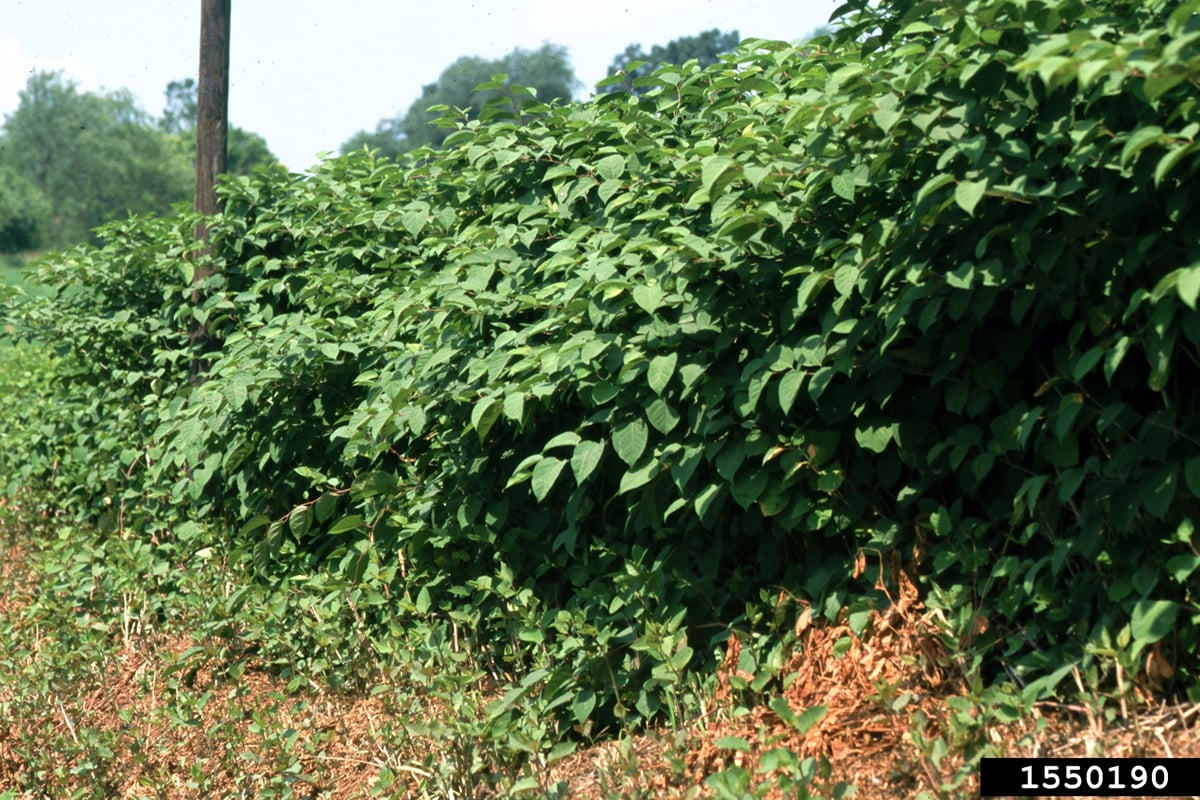
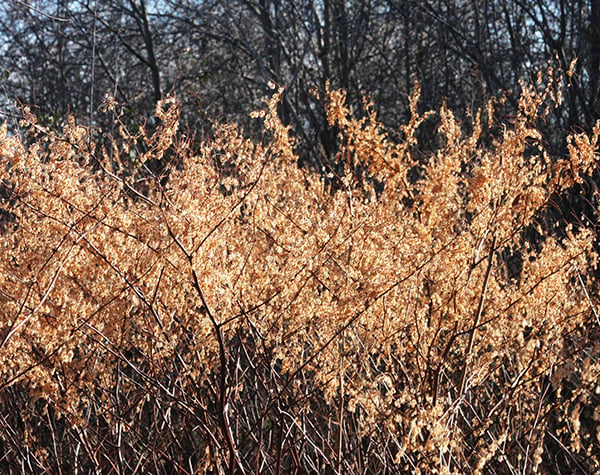
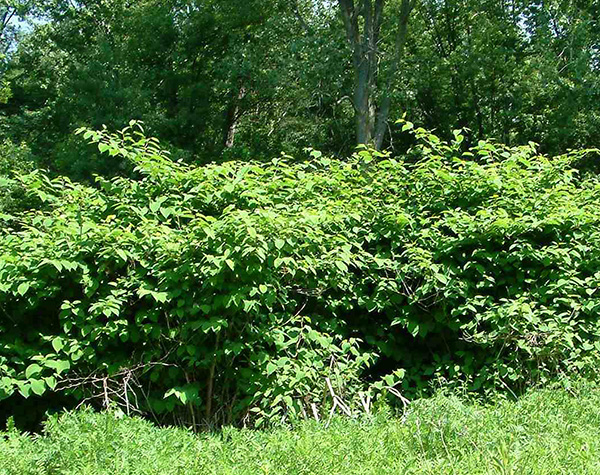
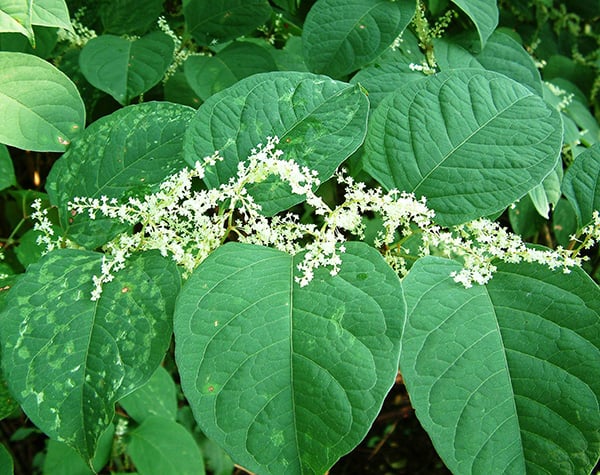
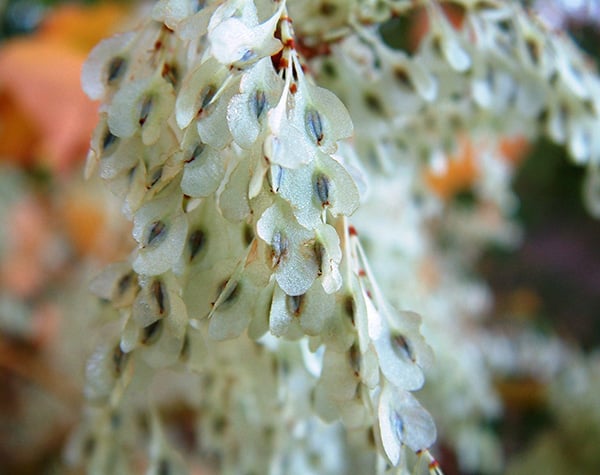
Stay Connected
Don't miss a beat on all the ways you can get outdoors, celebrate nature, and get involved.


